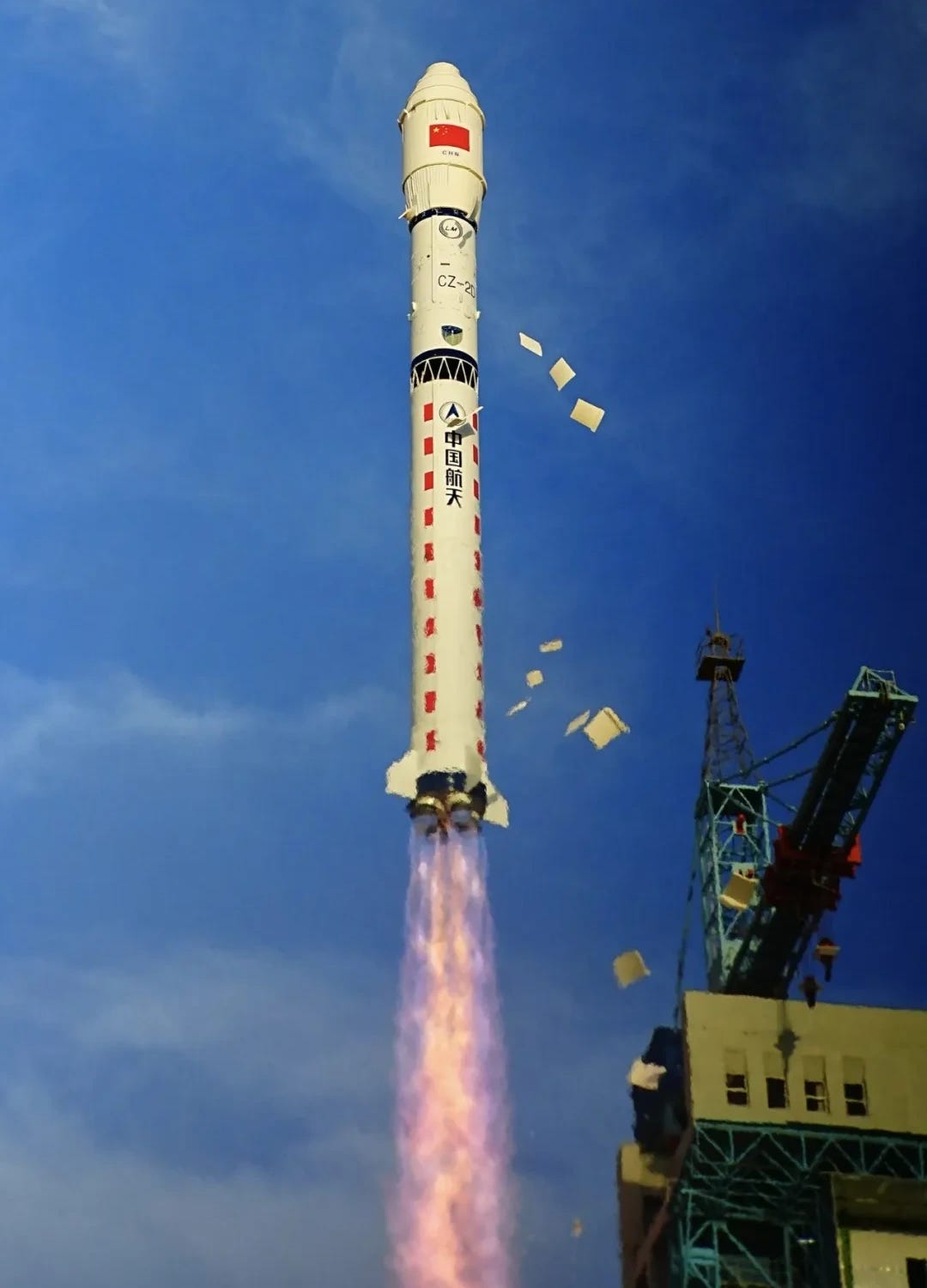Optical Imaging Test Satellite Launched From Jiuquan [Long March 2D Y92]
New technologies will be tested in the weeks following the surprise launch.
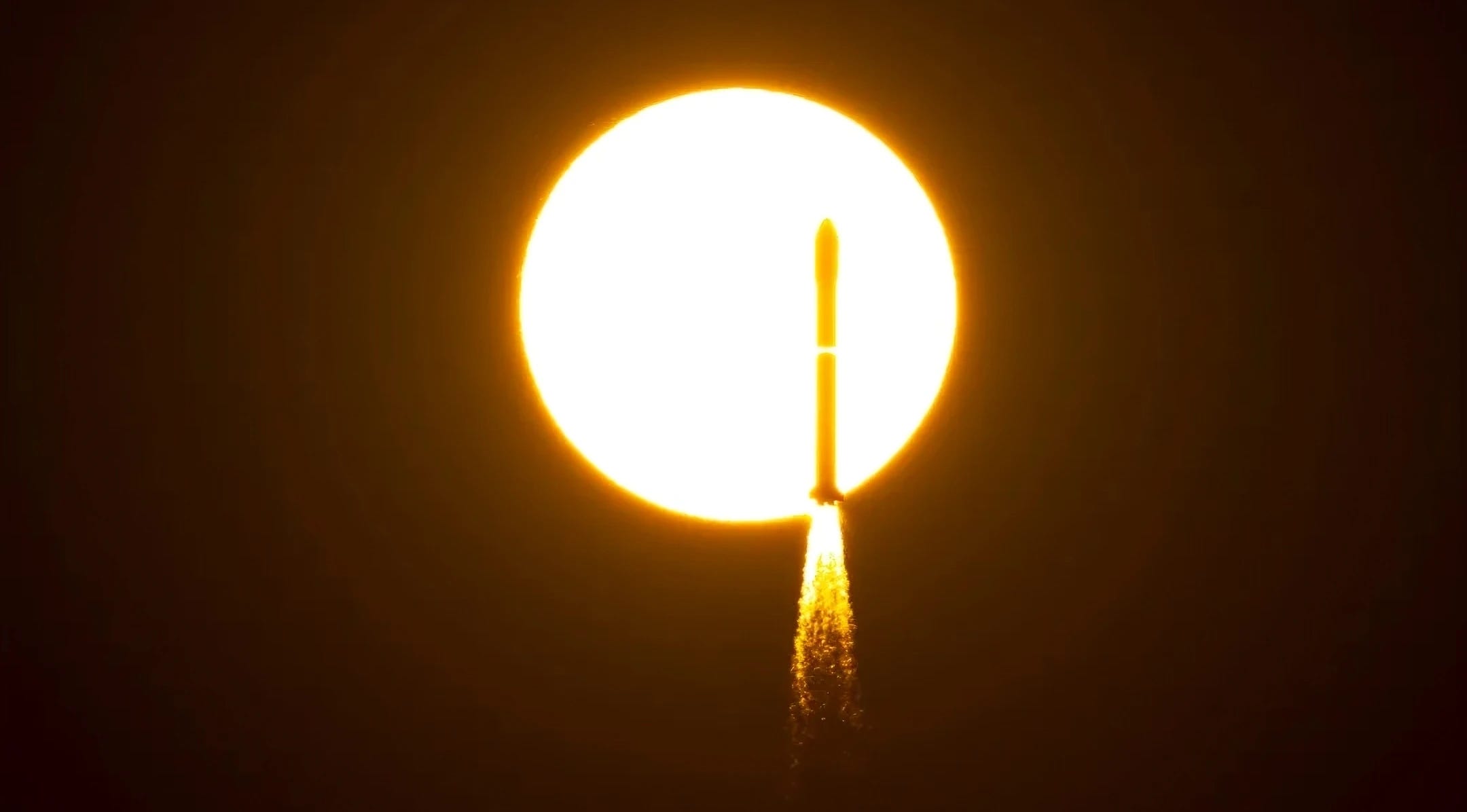
From Launch Area 4 at the Jiuquan Satellite Launch Center, a Long March 2D lifted off at 18:00 pm China Standard Time (10:00 am Universal Coordinated Time) on October 13th, carrying a single satellite into a polar orbit.
Shiyan-31 (试验三十一号卫星), developed by the Shanghai Academy of Spaceflight Technology (also the launch provider), was the sole spacecraft heading into orbit atop of the rocket. Once commissioned, the spacecraft is planned to verify new optical imaging technologies. Secondary uses for Shiyan-31, through its images, may include agricultural monitoring, land surveying, city planning, and maritime security.
The Shiyan (试验) satellite designation is used for technology development spacecraft, and the name literally translates to test or experiment. Shijian (实践), meaning practice, is a similar designation for more mature technology tests.
According to the Shanghai Academy of Spaceflight Technology in their post-launch blog post, today’s Long March 2D utilized a newly designed 4-meter diameter fairing. As new hardware, it was said to require adjustments to existing commodity connections at the launch pad and for transporting it, with a spacecraft inside, to the launch pad.
Oddly, this launch had no Notice to Airmen, commonly abbreviated as NOTAM, filed. That may be related to the recent 76th National Day (国庆节) and the Mid-Autumn Festival (中秋节) holidays, as other NOTAMs weren’t updated during or after them (at the time of writing).
Today’s launch was the 101st mission for the Long March 2D, the 248th Long March vehicle launch from the Shanghai Academy of Spaceflight Technology, and the 599th launch of the Long March launch vehicle series. This was also the 62nd launch from China in 2025.
Liftoff video via 大漠问天 on WeChat and 北京蓝龙 on Weibo.
Post-release update
In the days after launch, footage was shared on Chinese social media of the Long March 2D’s first-stage falling to Earth in Guinan County (贵南县 / མང་ར་རྫོང་།), Hainan Tibetan Autonomous Prefecture (海南藏族自治州 / མཚོ་ལྷོ་བོད་རིགས་རང་སྐྱོང་ཁུལ), in Qinghai (青海) province. The first-stage fell within established warning zones, so people were out of the way, as evident by the footage shared being at a distance.
As is standard after booster-related incidents, nearby residents have been asked to shelter outside and away from the debris. Meanwhile, teams will close off and clean up the debris shortly.
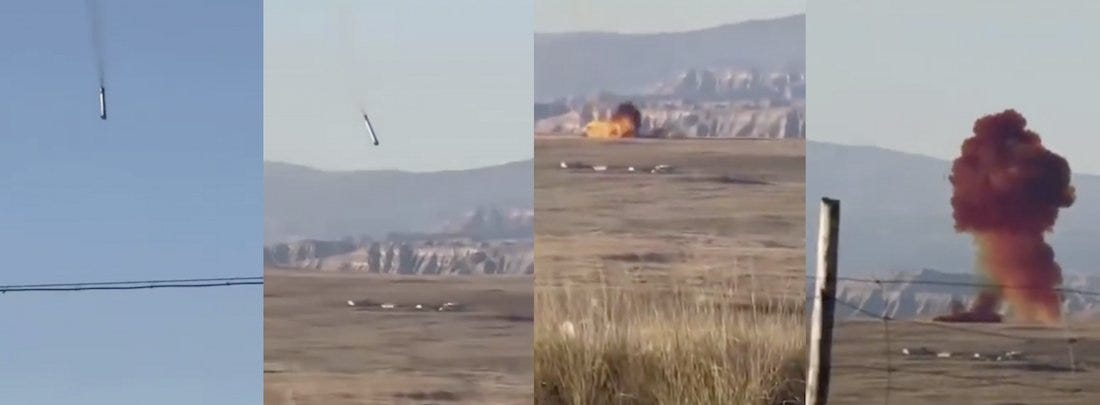
A first-stage booster fell closer to inhabited areas in January, for this year’s sole incident, after a Long March 3B mission. Two inert fairing halves were also found in April and May, with them travelling far due to being very light for their size
Check out the previous Long March 2D launch
100th Long March 2D Launches Two New Test Spacecraft! [Long March 2D Y94]
For its 100th flight, a Long March 2D lifted off from Launch Complex 3 at the Xichang Satellite Launch Center at 11:00 am China Standard Time (03:00 am Universal Coordinated Time) on September 29th, heading into low Earth orbit w…
What is the Long March 2D?
This section is for those less familiar with China’s Long March series of launch vehicles.
The Long March 2D is also one of the oldest launch vehicles from China, performing missions regularly to low Earth and sun-synchronous orbits by the Shanghai Academy of Spaceflight Technology, as a two-stage version of the Long March 4 vehicles. The two stages of the launch vehicle both burn Dinitrogen Tetroxide and Unsymmetrical Dimethylhydrazine.
The payload capacity of the launch vehicle is currently as follows:
3,500 kilograms to low Earth orbit
1,300 kilograms to a sun-synchronous orbit
The first-stage is powered by four YF-21C engines, which generate 302 tons of thrust burning Dinitrogen Tetroxide and Unsymmetrical Dimethylhydrazine. The second-stage is powered by a single YF-22C engine and four YF-23C verniers that generate 80 tons of thrust while also burning Dinitrogen Tetroxide and Unsymmetrical Dimethylhydrazine.
On the launch pad, the Long March 2D is 41.05 meters tall and weighs 232,250 kilograms when fully fuelled. The first and second stages have a diameter of 3.35 meters, with the fairing having a diameter of either 3.35, 3.8, or approximately 4 meters.
So far, the Long March 2D has flown from all three inland launch sites, the Jiuquan Satellite Launch Center, the Taiyuan Satellite Launch Center, and the Xichang Satellite Launch Center.
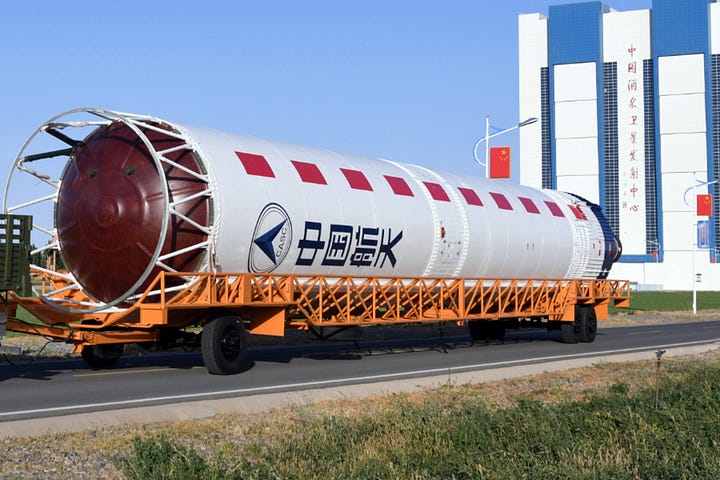
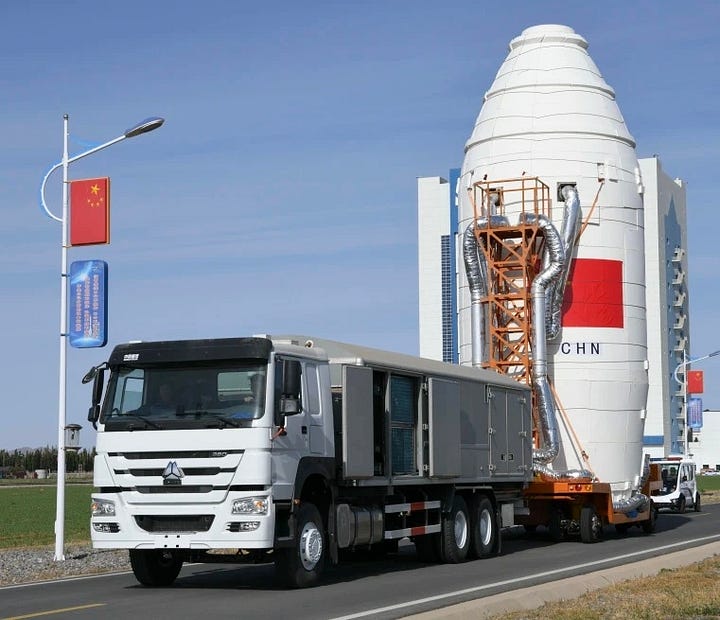



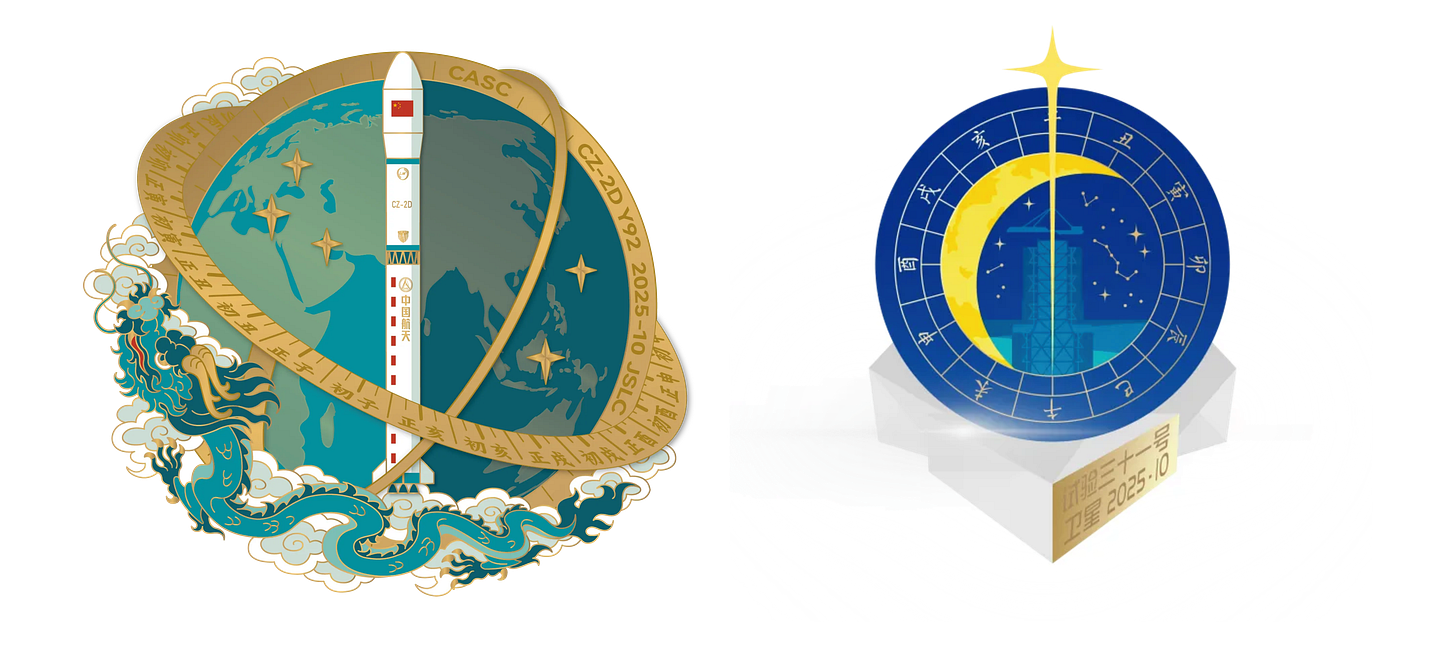
![100th Long March 2D Launches Two New Test Spacecraft! [Long March 2D Y94]](https://substackcdn.com/image/fetch/$s_!d6Dq!,w_1300,h_650,c_fill,f_auto,q_auto:good,fl_progressive:steep,g_auto/https%3A%2F%2Fsubstack-post-media.s3.amazonaws.com%2Fpublic%2Fimages%2Faa99c89d-a0c6-4e51-9e81-cf2673ce972d_1280x703.jpeg)
